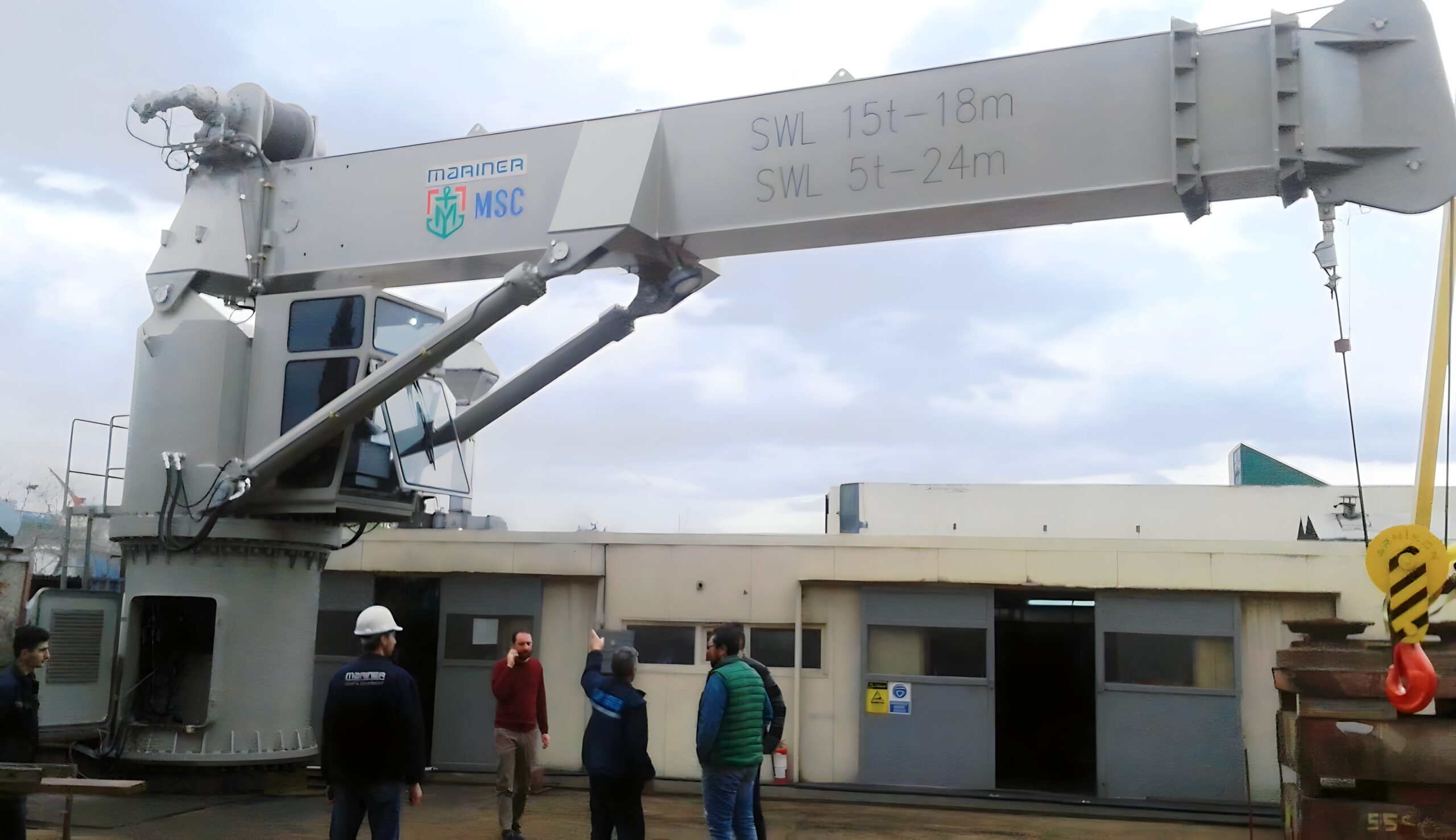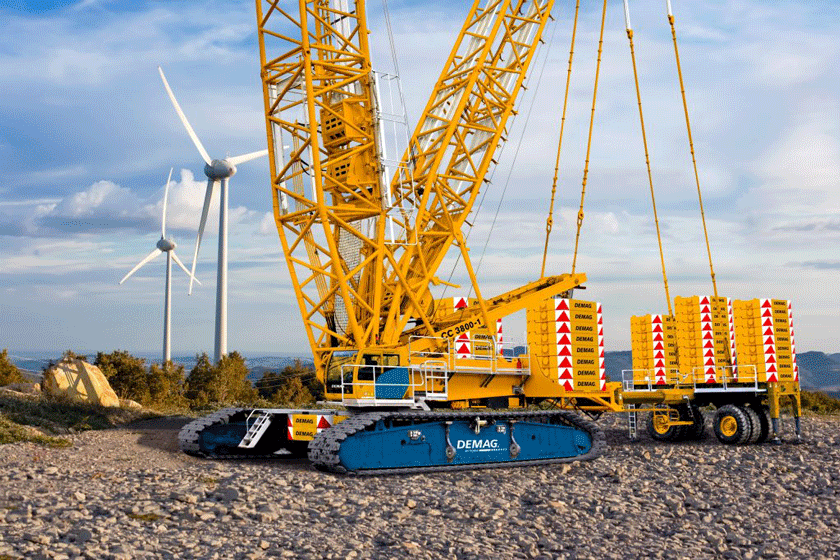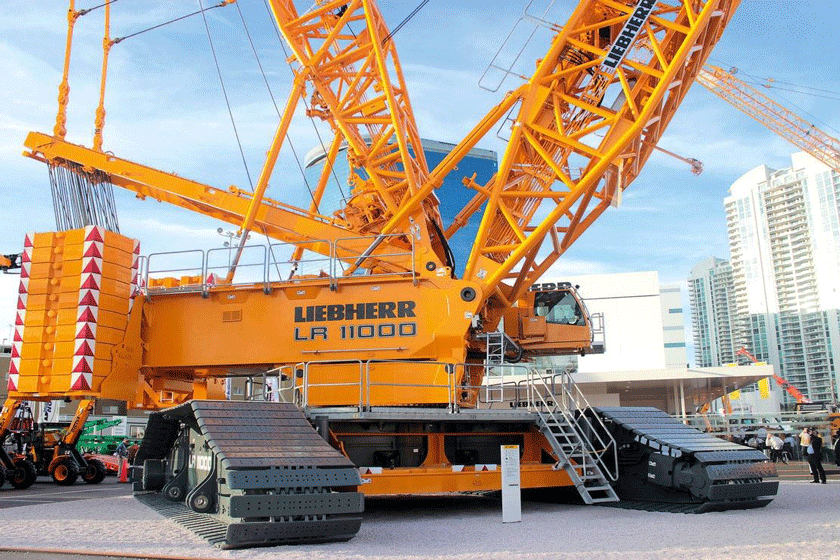Knuckle Boom Crane


Telescopic Boom Crane


Fixed Boom Crane


Lattice Boom Crane
A lattice boom crane is a type of crane characterized by a lattice structure in its boom, composed of interconnected metal truss sections. This design imparts the crane with exceptional strength and stability while allowing for impressive height and reach capabilities. Lattice boom cranes are commonly used in heavy-duty applications such as bridge construction, steel erection, and large-scale infrastructure projects. The lattice structure provides the crane with a high strength-to-weight ratio, allowing it to lift extremely heavy loads over significant distances. The modular nature of the lattice boom enables easy customization of the crane’s reach by adding or removing sections. This adaptability makes lattice boom cranes versatile for various job sites with diverse lifting requirements. Additionally, their robust design contributes to durability, and they are often favored in demanding environments where reliability and precision are crucial.





